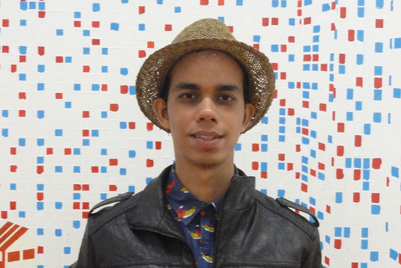
VICE Media-powered creative agency, Virtue Worldwide, unveiled the 2024 ‘Virtue guide to culture’, a report that sheds light on the critical codes guiding Gen Z and their behaviours. Leveraging insights from VICE Media’s global community of 40,000 young people, along with its wide network of journalists and content creators, the guide analyses the emerging cultural codes influencing this demography in Asia.
The propriety research was conducted across key APAC markets, including India. Reflecting on the implications of the research for the Indian market, Saumya Baijal, strategy lead—India at Virtue Worldwide said, “For brands to have conversations with audiences that matter to them, it is critical for them to seat themselves in culture codes relevant to those audience groups. The report unlocks such codes that can enable communications that can be both short-term, specific and dynamic, as well as long-standing and consistent.”
Here are some key findings of the report:
- Cultural code #1: Constructive chaos
The Asian youth is turning chaos into a source of inspiration and self-expression by channelling the power of the weird and absurd through art, technology, fashion, and culture, amplified by social media. This expression is truly coded in uniqueness and breaking conventional norms.
India has been traditionally conformist, where fitting in and adhering to prescribed standards of success have long been the norm. The emergence of a generation that embraces eccentricity and authenticity is revolutionary.
With cringe content becoming mainstream in India, 86% of young people say, “It’s normal to be weird.” Absurdity has become the ultimate definition of authenticity in this new world order.
Homemade, lo-fi, and slapstick social content is gaining popularity, standing out from polished feeds, and celebrating authenticity. Unlocking of this weirdness paves the way and creates room for infinite expressions of self.
- Cultural code #2: Fan authority
Fanpower rises from a deep-seated desire to belong. It gives a sense of community and a collective identity. Power has shifted to the fans, who can make or break celebrities, becoming pivotal in shaping the success of public figures.
Fans have also expanded beyond the sphere of celebrities to champion their causes and push for independent initiatives. For instance, cricket fans in India have had a deep, entwined, long relationship with the game and its players.
saying this again- there is only one GOAT - Bumrah pic.twitter.com/DvMb0s6l9K
— Out Of Context Cricket (@GemsOfCricket) June 9, 2024
During the recent T20 World Cup, emotions ran high against Hardik Pandya, who was believed to be out of form. Ridicule, brickbats, and social media memes became central, but with his significant contribution to a subsequent win, he redeemed himself for his fans and Indian cricket.
- Cultural code #3: Empathetic technology
Technological advancements are reshaping intimacy and social interaction. So much so that 31% of youth agree AI will provide therapy within 10 years, and 62% of young Indians believe AI will moderate social media within the next decade.
Take KamaSutra’s ‘Kamaverse’ for instance. It offers a virtual space for open and positive discussions about sex. Virtual avatars in ‘Kamaverse’ answer questions without judgment and provide virtual rooms for product discovery in a safe and private environment, helping young Indians become more open-minded and communicative partners.
- Cultural code #4: Feminism’s soft revolution
Laughter, leisure, and reclaiming spaces to move and walk are emerging ways of assertion and protest, in the feminist movement. Changing the world while having fun is the new code. Whether it is reclaiming streets by meeting to sleep in parks or midnight walks, these are brave, bold, new ways to protest and assert presence.
A viral video featuring Arundhati Roy’s ‘militant laugh’ symbolises this brave and playful assertion of presence. The movement champions the power of being oneself and making impactful changes while revelling in the journey. Women are more daring, bringing change and sparking conversations that matter in the gender movement.


.jpg&h=334&w=500&q=100&v=20250320&c=1)
.jpg&h=334&w=500&q=100&v=20250320&c=1)


.jpg&h=334&w=500&q=100&v=20250320&c=1)

.jpg&h=334&w=500&q=100&v=20250320&c=1)


.jpg&h=334&w=500&q=100&v=20250320&c=1)
.jpg&h=268&w=401&q=100&v=20250320&c=1)
.jpg&h=268&w=401&q=100&v=20250320&c=1)


.jpg&h=268&w=401&q=100&v=20250320&c=1)

.jpg&h=268&w=401&q=100&v=20250320&c=1)

